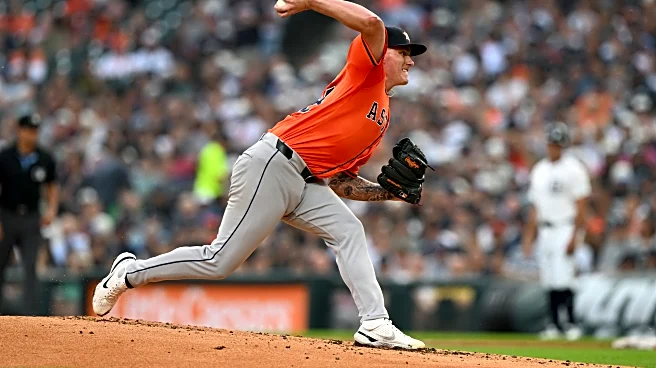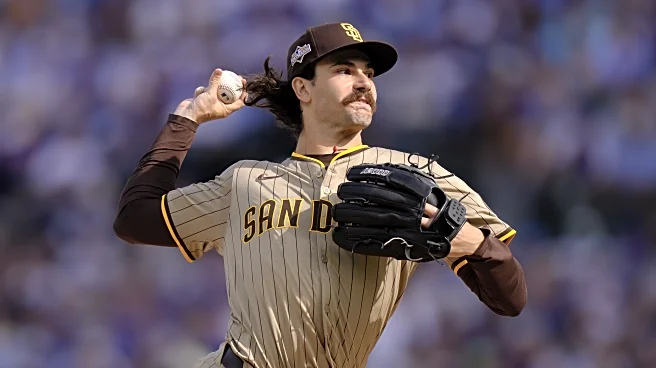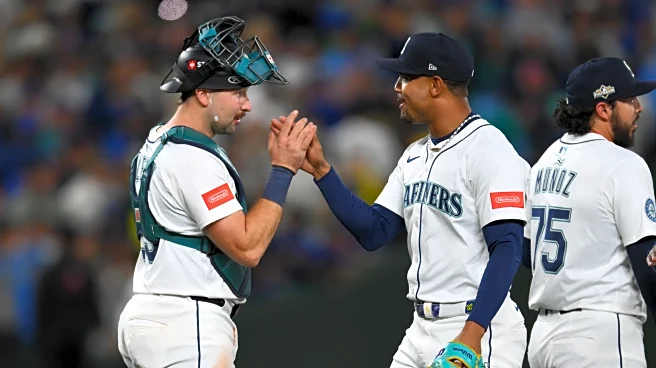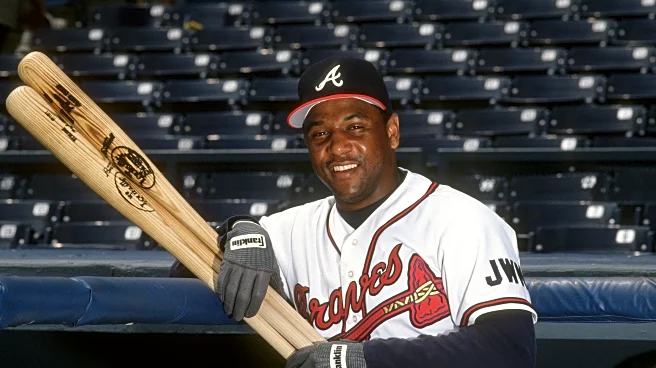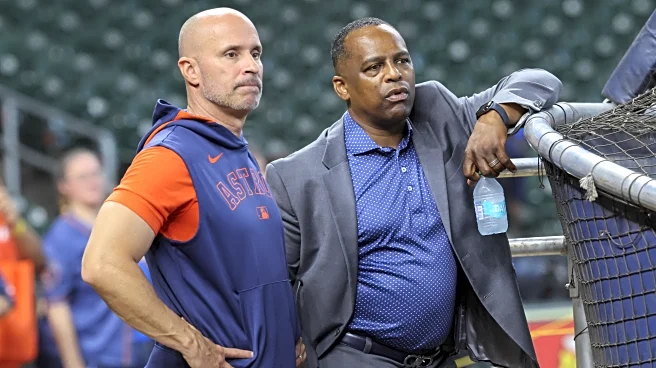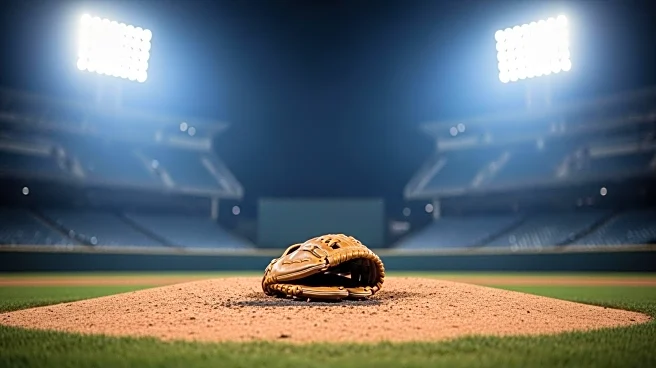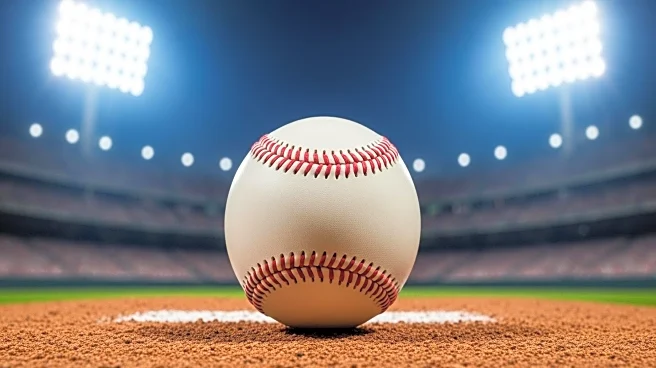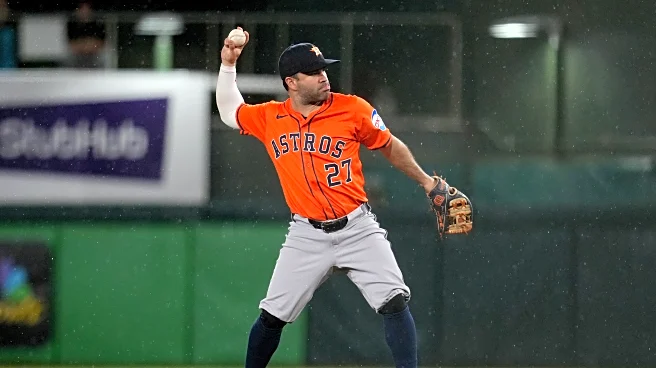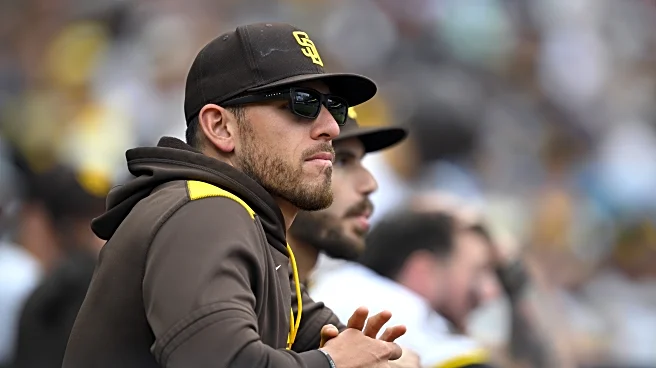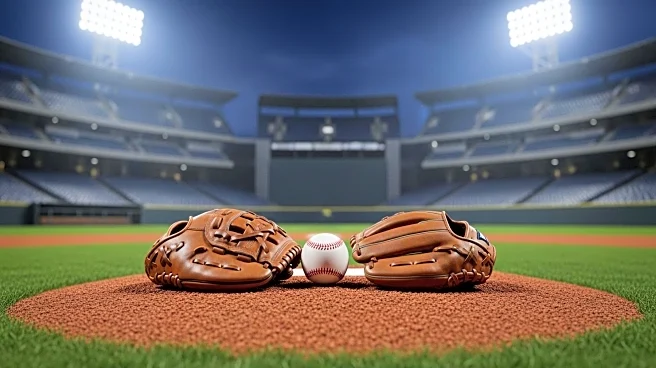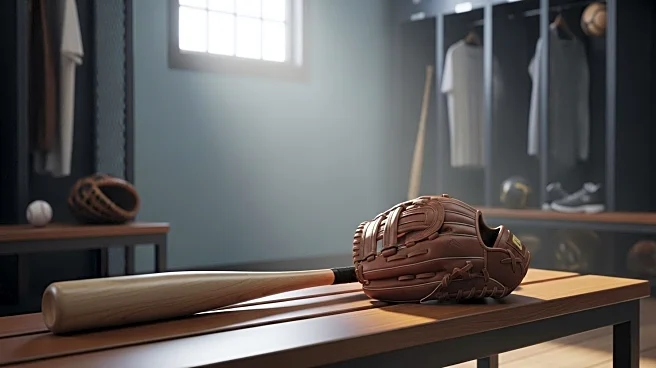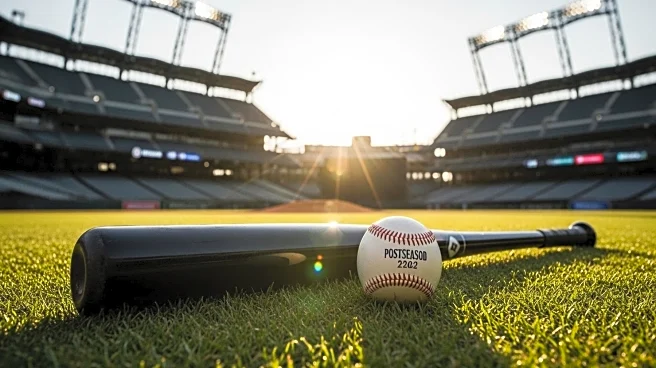As the Astros head to the off-season, the Astros’ front office will be reviewing and developing plans for all elements of the team on the field—offense, defense, and pitching. I’m aware that the offense was disappointing in 2025, and, as a result, fans tend to focus on potential changes in the lineup. But, hold your horses. The team’s off-season resources are limited. And the team probably needs to solve it’s starting pitcher situation before we can know the amount of resources available to fiddle
with the lineup.
Two general reasons lead to this conclusion. First, the team’s rotation was strung together with bailing wire by the end of 2025. For 2026 the Astros are facing a probable starting pitcher free agency loss plus a plethora of pitching injuries which limit the ability to fill out the rotation. Second, good starting pitching is incredibly important for the Astros to remain a contending team. It’s no coincidence that 10 of the 15 best rotations (by ERA) are in the playoffs. (If the Astros had earned the tie breaker and made it into the post-season, it would be 11 of 15 teams.)
The second point is sometimes overlooked. Over the years, I have pointed to these two old Hardball Times (now Fangraphs) articles (second link here) for the proposition that an average run saved (by pitching) is more valuable than an average run scored (by the offense). If a team relaxes its run prevention, it will need a disproportionately greater increase in the offense’s average runs per game to win the same percentage of games. By suppressing average runs allowed, the team’s pitching creates a lower run environment and, therefore, more low scoring games which can be more easily manged by the offense.
Framber Valdez has been a workhorse (or stalwart, if you like) for Astros’ pitching over the last five years, and he is a free agent in 2026. Given the likely contract he can attract in the market, I believe it’s unlikely that he will return to the Astros’ rotation. That’s just an opinion, and I will never say “never.” Maybe a shorter term contract for 2026 could be worked out—but I wouldn’t bet on it. Perhaps Framber would accept a qualifying offer from the Astros—again, very unlikely. For this article, my assumption is that the Astros will have to replace Framber Valdez in the rotation. And, given that he was the ostensible No. 2 starter in 2025, this isn’t an instance of “no big deal.”
The Astros suffered a deluge of pitching injuries in 2025, and even the best replacement pitcher suffered season ending injury. By my estimation, the Astros must find rotation replacements in 2026 for 47% of the starting pitcher innings. Before we dive into that, let’s examine the Astros’ level of pitching performance in 2025 which we would like to maintain or improve.
Starting Pitcher Rankings
In 2025 the Astros’ starting pitching ranked 9th in WAR, 12th in FIP, 5th in SIERA, and 14th in ERA. Interestingly, the Astros’ starting pitching ranked 3d in x-ERA (expected ERA) in 2025. The Astros’ starting pitcher x-ERA of 3.83 was 0.14 lower than the ERA—which generally means that the rotation had some bad luck on batted balls.
Besides some general explanation based on “luck” or randomness, what does it mean that the Astros’ rotation put up a lower x-ERA than ERA? To examine this question, I looked at the statistical R-square for the relationship of teams’ starting pitcher x-ERA with statcast batted ball measures. EV90 (Exit Velocity—Highest 90%) explained 42% of the variation in x-ERA. Barrel% explained an even higher 52% of the variation in x-ERA. The Astros’ rotation had the 2d lowest average exit velocity (88.7) among the 30 major league teams.
The Astros’ starting pitchers were very good at inducing soft contact, or put another way, suppressing exit velocity. Clearly, this is a tendency that the Astros would like to continue in 2026.
For purposes of my evaluation, I will use x-ERA rather than ERA, because it provides a better measure of the pitcher’s run prevention ability.
Astros Need To Acquire Starting Pitchers
In 2025, Astros starting pitchers tossed 860 innings. By my count, the Astros must replace the starting pitching in 403 innings. This is based on the loss of the following pitchers: Valdez, Gusto, Walter, Blanco, Wesneski, Garcia, and the two openers. A.J. Blubaugh and Cristian Javier had shortened seasons as a starter, and I assume both will be able to add 140 more innings between them. This leaves 260 innings which should be covered by additional starting pitchers. Given their injury situations in 2025, I cannot estimate the workload that Spencer Arrighetti and Lance McCullers Jr. could cover in 2026.
In my view, the Astros need to acquire two additional starters, either through trade or free agency. My suggestion would be to acquire one pitcher who has legitimate No. 2 rotation potential, with the second pitcher coming out of the “rebound potential” bucket. It’s too early for me to consider specific pitchers at this point. But I would illustrate the first group with names like Miami’s Alcantera, Cardinal’s Gray, or free agents Kelly, Gallen, and Verlander. As for the “rebound potential” acquisition, conceptually we can think about pitchers similar to Walker Buehler, Brandon Pfaadt, Kyle Freeland, German Marquez, or Charley Morton. In order to maintain an x-ERA equal to the 2025 Astros average, these two acquisition would need to produce a combined average x-ERA of 4.01. The starting pitchers in the non-tender market won’t be known until next month, and could provide potential signees of the rebound potential variety.
Again, we can discuss names in more detail in the next couple of months when free agent or trade status is known and projections become available to help with the evaluation of candidates.
Furthermore, the two acquisitions will not be sufficient to provide adequate starting pitcher depth. Ten or more starting pitchers are necessary to provide depth in the event of injury. Even if the suggested two acquisitions join the roster, the Astros ‘ depth falls one or two pitchers short. However, the Astros have pitchers in AAA who can provide the remaining starting pitcher depth. However, it’s risky to rely too much on those options. In 2025, Astros’ rookie starting pitchers averaged an ERA between 4.60 and 5.40 (depending on whether Brandon Walter, who provided a superb 3.23 x-ERA, is included as a true rookie).
The approach I’ve layed out could lead to this rotation:
- Hunter Brown
- Acquired No. 2
- Cristian Javier
- Jason Alexander / A.J. Blubaugh
- Acquired Rebound Candidate / Spencer Arrighetti
- Swing Man: Colton Gordon / Lance McCullers Jr
Thoughts on this?
